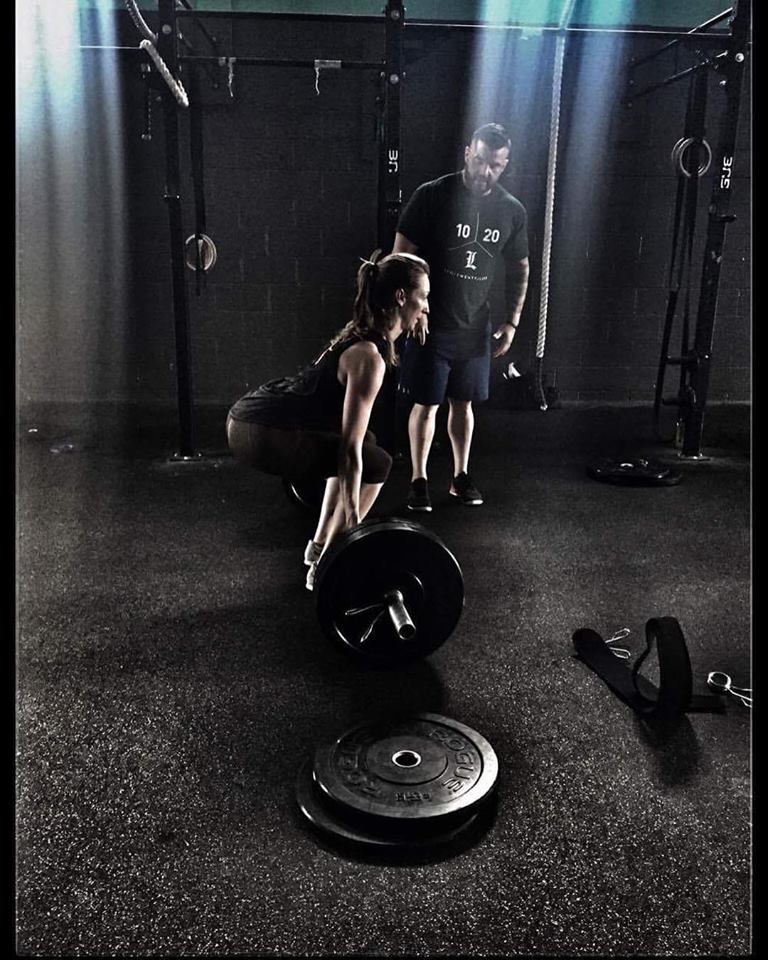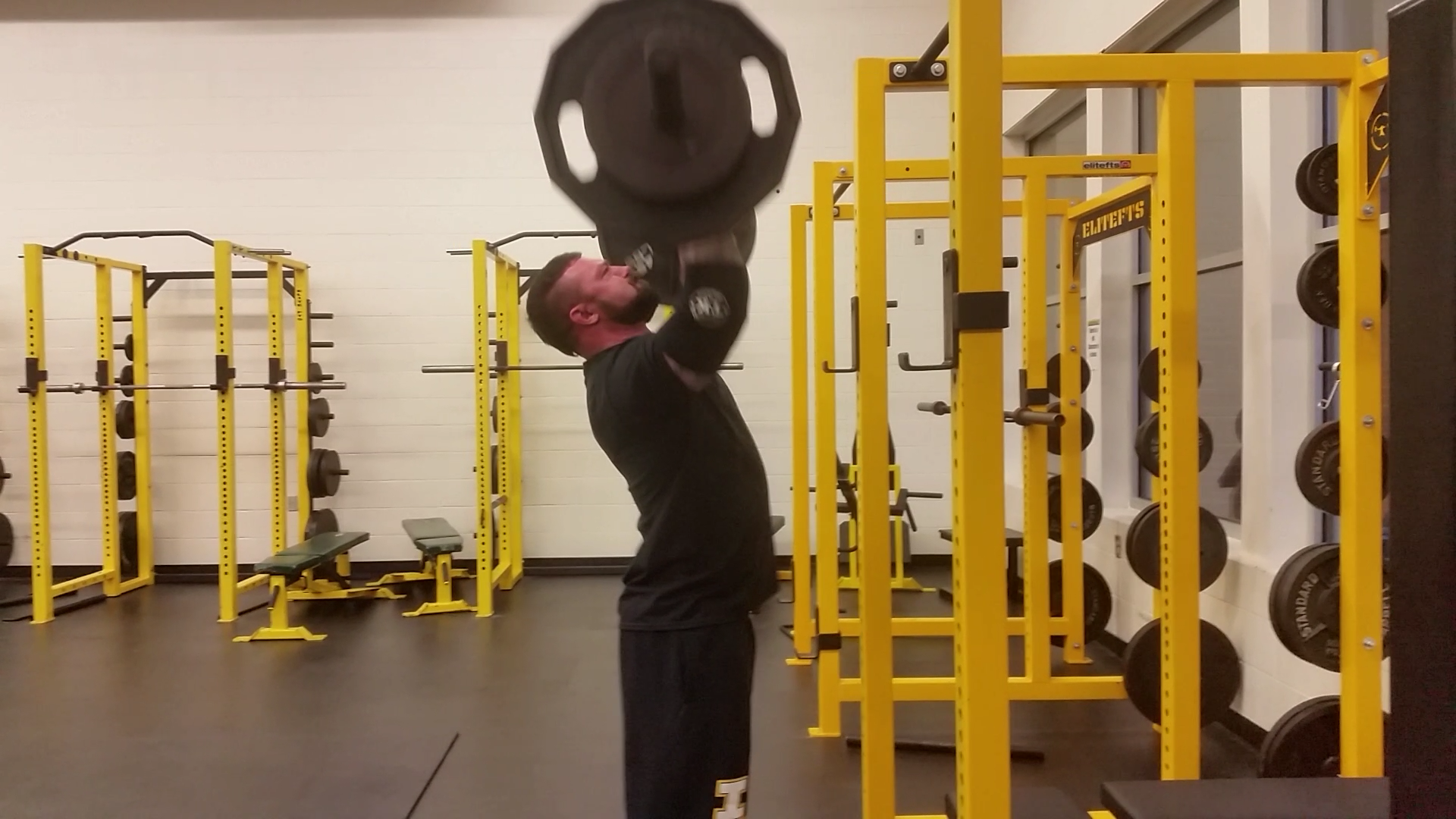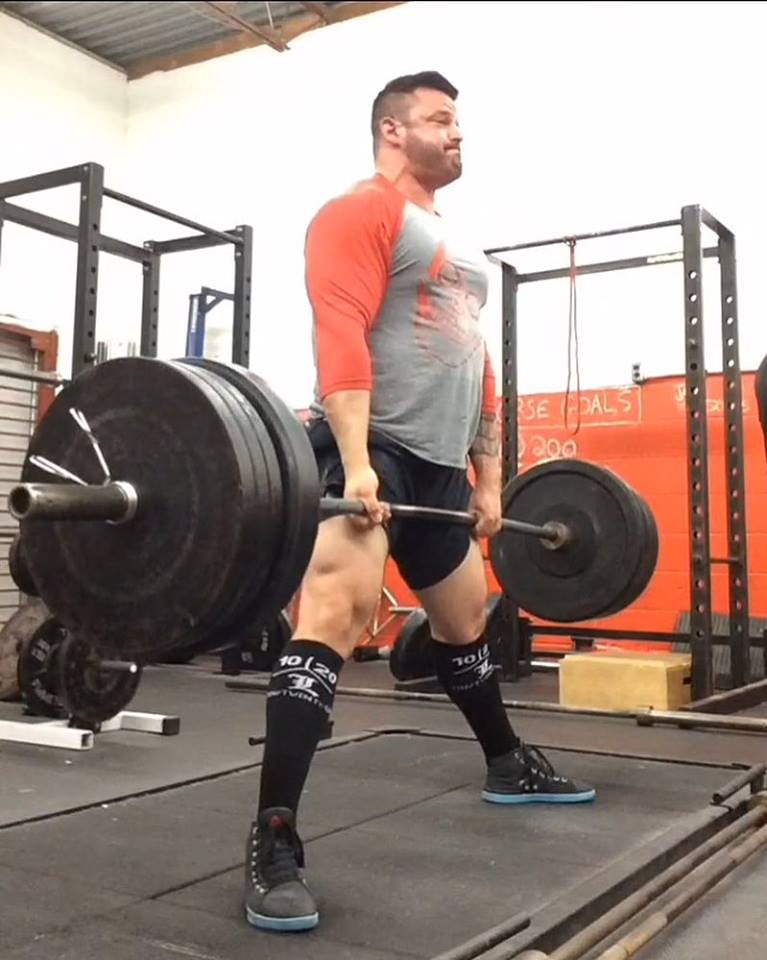
06 Jul How do YOU Move: Part 3–The Neurological Implications
By Paul Oneid
Every big company has a lot of moving parts. These parts, or divisions, act on their own to accomplish their specific goals. Each of these goals is in line with the business plan of the company. When all the company’s divisions are doing their part, and working together, the company flourishes. Each division has a director, who sits on the company’s board. The board is governed by the CEO. It is the CEO who makes the decisions about the company’s goals and direction. This is exactly how the Central Nervous System (CNS) governs human movement. The CNS sends out signals for things to take place, and the neurons carry those signals out and bring back feedback on what was done and what needs to change. The CNS is the CEO of the human organism.
The CNS is comprised of the brain and spinal cord. It communicates with the muscles via the Peripheral Nervous System (PNS), which is comprised of the neurons and related structures. Neurons in the PNS can be described as sensory, or motor. Sensory neurons send feedback to the CNS from the body, while the motor neurons send signals from the CNS to the body. The PNS’s contains the Autonomic Nervous System (ANS). The ANS is responsible for function that is not consciously directed, things that happen automatically. These include: hormone secretion, skin and blood vessel function, blood flow etc. The ANS can be split into two parts: Sympathetic and Parasympathetic branches. While this may seem overly complicated, for this discussion it is very important to understand the distinction.
The ANS plays an integral role in governing human movement, based on which branches (sympathetic vs. parasympathetic) are dominant. The dominant branch of the ANS is determined by the input of the CNS. The parasympathetic nervous system can be simplified as the “Rest and Digest,” while the sympathetic nervous system can be described as the “Fight or Flight.” In periods of low stress, or low arousal, the parasympathetic nervous system will be dominant, while in high stress, high arousal situations, the sympathetic nervous system will be dominant. It is important to note the use of the word ‘dominant.’ At no time is one branch turned on, or off. We simply turn up the dial on one branch and turn down the dial on the other, based on input from the CNS.
As alluded to above, the ANS acts primarily on the organs, glands and smooth muscle tissues, but it also has an impact on skeletal muscle. The impact of the ANS on skeletal muscle is related to muscle tone. In part 2 of this series, we discussed neural tone as an implication in movement. The more tone (or stimulus) a muscle receives, the closer it is to contraction. When we are in a parasympathetic state, the tone is low and the muscles are relaxed. This makes sense, because we are resting. When we are aroused, or stressed, the sympathetic nervous system will increase muscle tone to get us ready to defend ourselves. Based on this information, it is easy to see that when we are preparing to train, we want to increase sympathetic dominance. We listen to loud music, take caffeine, psych ourselves up and sniff ammonia to arouse our nervous system and bring our muscles to a state where they will fire more quickly. When we leave the gym, we want to do things that reduce our arousal. We mobilize, take a bath, eat and try to “come down” from the high of training. Over dominance of either branch during undesirable times can cause numerous issues, but that is beyond the scope of this series.
The ANS relies on input from the CNS, but the CNS also controls motor function. What muscles fire in what sequence to perform a movement. We learn movement by practicing specific sequences repetitively over time. Our frontal cortex creates a concept and sends signals to the muscles. From things as simple as learning how to touch your finger to your nose as a baby, to hitting home runs off +90mph fastballs as an adult. The CNS is always learning. Through constant signalling, feedback and adjustment, we learn the most efficient way to accomplish a movement task. This motor learning process can be akin to how a road is built. We want to get from point A to point B, so we drive on the grass. It is bumpy at first, but you get to the destination. The more times you drive that road, the smoother it gets, the less grass grows and eventually the city paves it over with some nice, smooth asphalt. When the road is built, that is when you’ve developed movement mastery – the brain has laid down the right neurological pathway for smooth movement sequencing.
The frontal cortex is where the blueprint originates, but our frontal cortex is also where we consciously process information. This is where we take in all the feedback that our body is giving us, evaluate it and modify it. Remember in Part 1, when we discussed the Joint by Joint approach? The premise that our body will create movement based on your abilities impacts the way your frontal cortex adjusts the blueprint. If the ankles do not move properly, the knee will track incorrectly and the movement compensations will travel up the kinetic chain. If this pattern is repeated over time, the incorrect pattern will be learned, engrained and tough to break. We can alter this feedback loop through conscious input. By inputting auditory feedback into the system, we can change the blueprint. Coaching cues will alter the movement pattern. If we place physical cues into the system, such as a band around the knees on a squat, we can alter the physical (kinesthetic) feedback. Based on the feedback we provide to the CNS, we can influence the blueprint of our motor sequence.
The CNS is the CEO of the human organism and drives all our behaviours, both conscious and unconscious. The direction the CEO takes is the result of constant feedback loops to and from the body and the processing of those signals by the frontal cortex of the brain. The brain will alter its structures to create the most efficient pathway for these processes over time. As it relates to movement, this is the basis for motor learning. Understanding the role of the CNS in the function of the musculature is paramount in understanding how we can move in a more efficient manner to reach the ultimate goal of getting bigger, stronger and faster. In the final installment of the ‘How Do YOU Move’ series, we will discuss the interplay of the structural, mechanical and central nervous system implications on movement. The goal is to better understand how we can manipulate each piece and influence the system as a whole.
Paul Oneid
Latest posts by Paul Oneid (see all)
- A Proposition for a Paradigm of Planning Your Personal Periodization - March 4, 2019
- Paul Oneid –> Off-Season | Feet Up Bench PR and Some Squats - March 1, 2019
- Paul Oneid –> Off-Season | A bit of everything - February 21, 2019









Sorry, the comment form is closed at this time.